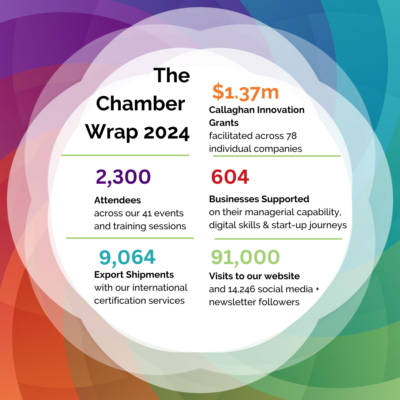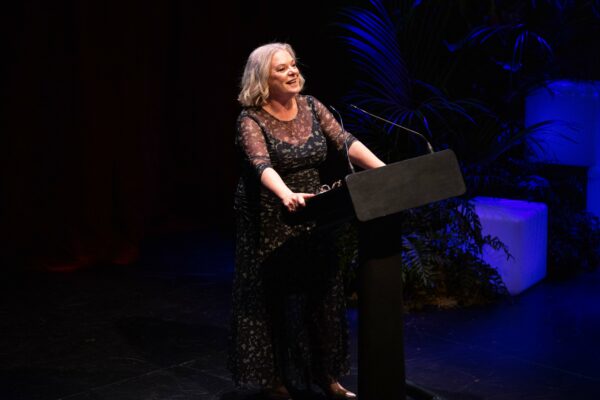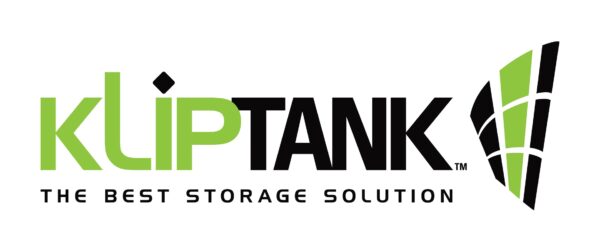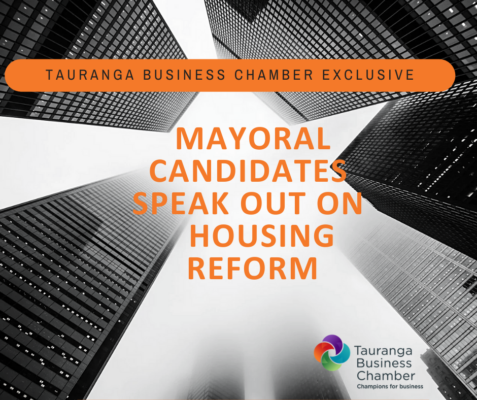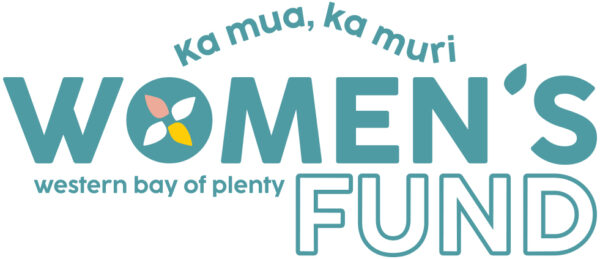From July 1, 2020 the minimum paid parental leave has increased from 22 to 26 weeks.
The government has introduced this to provide increased support for primary carers, including working parents with newborns and families taking on the permanent care of children under the age of six.
In light of these recent changes, we asked Associate Jeremy Sparrow from Holland Beckett Law a quick fire Q&A to provide insight into how the extension impacts employers and employees.
Which employees are eligible for parental leave payments and what are the parameters around this?
To be eligible for parental leave payments, employees must be going to be the primary carer of a child under six years and have been employed as an employee (which does not have to be for the same employer) for at least an average of 10 hours per week over any 26 of the 52 weeks before the baby’s due date, or in any other case of a child under six years (e.g. through adoption) when the employee becomes the primary carer of the child. It is essentially the same test that applies for self-employed people also.
Government-funded parental leave payments are now made for up to 26 weeks for qualifying employees on parental leave for babies which are born from 1 July 2020 (or who had a due date of 1 July 2020 or later).
How will the new extension affect employers?
Employers are not obliged to pay employees while they are on parental leave. The parental leave payments are made by the government, meaning there is no direct cost on employers (unless there is an additional entitlement under the employee’s employment agreement).
How will the new extension affect employees?
Qualifying employees receive the lesser of either $585.80 a week before tax, or the employee’s previous ordinary weekly pay or average weekly earnings (whichever is greater).
Is there additional documentation that will be required for employers and / or employees to complete with the new extension?
There are no changes to the relevant provisions regarding employees providing written notice of their intention to take parental leave and the same obligations apply.
What is the ‘Keeping in touch’ allowance and how is it impacted by the extension?
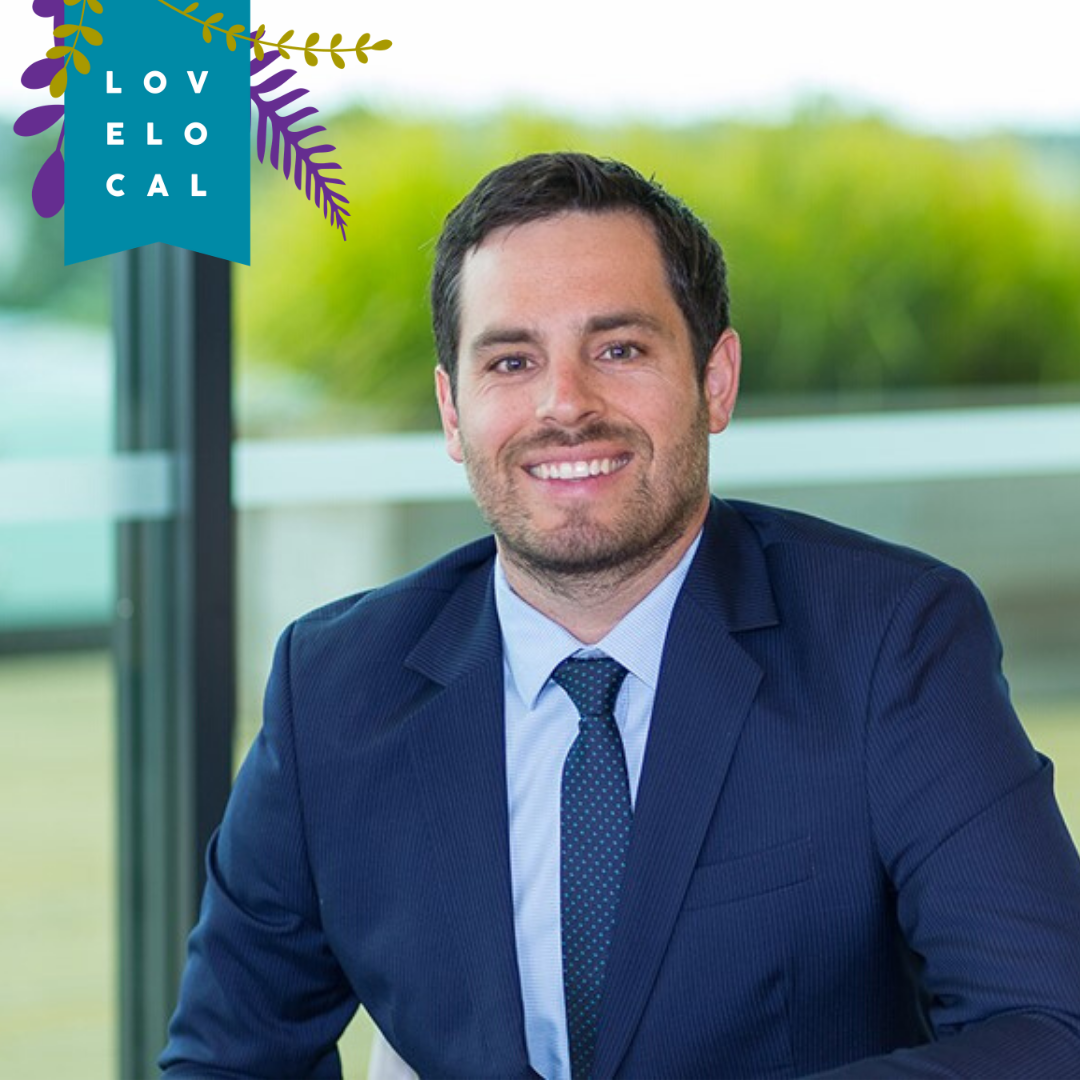
Keeping in touch days allow parents to do limited work while on parental leave, if they wish to do so, without disrupting their parental leave or parental leave payments (i.e. without it being considered a return to work). Keeping in touch days are intended to support workers who may be away from the workplace for a longer period to still maintain contact with their employer, and for the employer to stay connected with their employee.
The maximum number of paid hours has now lifted from 52 hours to 64 hours. Keeping in touch days need to be agreed between the employer and the employees (but must not occur within 28 days of the birth of the child for which parental leave is being taken).
Anything else you would like to add that may be helpful?
The parental leave payments referenced above are government funded. However, employers and employees can agree that employees be provided with parental leave rights and benefits that are in their overall effect as favourable or more favourable than those noted above (You can read more about this online at Employment New Zealand)
If you have any questions about the above or how you may be affected in your particular circumstance, please contact the writer or a member of Holland Beckett Law’s employment team to discuss.
The information contained in this article is general information only, and does not constitute specific legal or other professional advice and should not be relied on as such. Readers should obtain specific advice before making any decisions or taking any action based upon information contained in this document.



















